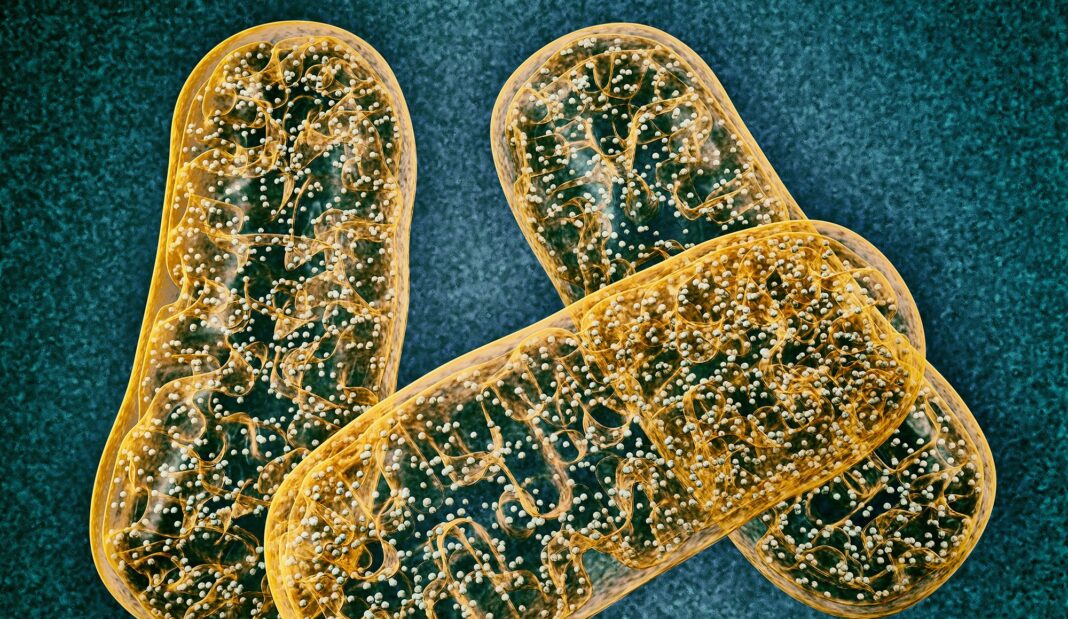A new study demonstrates that genetically engineered mitochondria can convert light energy into chemical energy that cells can use, ultimately extending the life of the roundworm C. elegans. The study illuminates important mechanisms in the aging process and may lead to new treatments for age-related diseases.
The findings are published in the journal Nature Aging in an article titled, “Optogenetic rejuvenation of mitochondrial membrane potential extends C. elegans lifespan.”
“Mitochondrial dysfunction plays a central role in aging but the exact biological causes are still being determined,” wrote the researchers. “Here, we show that optogenetically increasing mitochondrial membrane potential during adulthood using a light-activated proton pump improves age-associated phenotypes and extends lifespan in C. elegans.”
“We know that mitochondrial dysfunction is a consequence of aging,” said Andrew Wojtovich, PhD, associate professor of anesthesiology and perioperative medicine and pharmacology & physiology at the University of Rochester Medical Center and senior author of the study. “This study found that simply boosting metabolism using light-powered mitochondria gave laboratory worms longer, healthier lives. These findings and new research tools will enable us to further study mitochondria and identify new ways to treat age-related diseases and age healthier.”
A team of researchers from the United States and Germany genetically engineered C. elegans mitochondria to include a light-activated proton pump obtained from a fungus, an achievement the team first described in a 2020 paper in EMBO Reports. In the current study, when exposed to light, the proton pumps would move charged ions across the membrane, using the energy from the light to charge the mitochondria.
Brandon Berry, PhD, who received his doctoral degree in physiology from the University of Rochester and is now a post-doctoral scholar at the University of Washington, is first author of both studies. “Mitochondria are similar to industrial power plants in that they combust a source of carbon, primarily glucose, to produce useful energy for the cell,” said Berry. “What we have done is essentially hooked up a solar panel to the existing power plant infrastructure. In this instance, the solar panel is the optogenetic tool mtON. The normal mitochondrial machinery is then able to harness the light energy to provide the ATP in addition to the normal combustion pathway.”
Their findings provide direct causal evidence that rescuing the age-related decline in mitochondrial membrane potential is sufficient to slow the rate of aging and extend healthspan and lifespan.
“We need to understand more about how mitochondria truly behave in an animal,” said Berry. “First in worms, like the current study, but then in human cells in culture and in rodents. That way future research will be well informed to target the most likely players in human disease and aging.”







